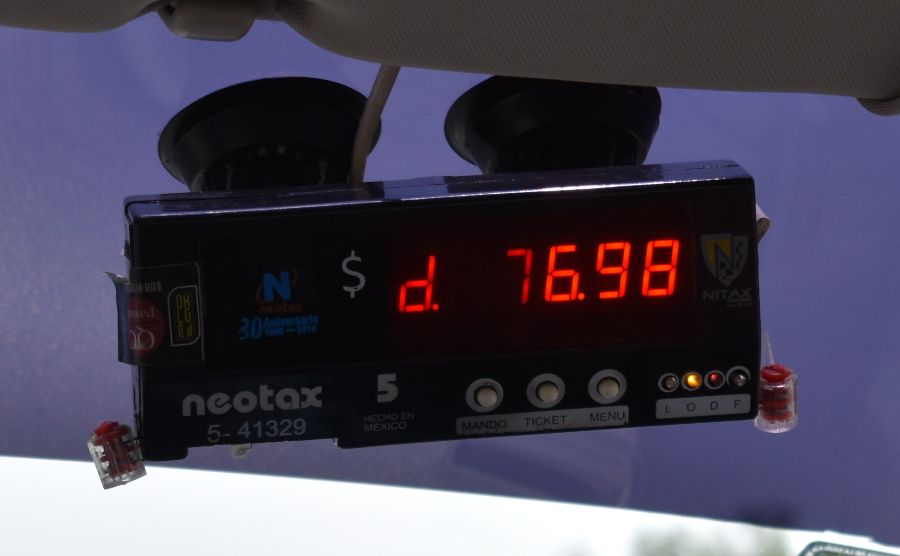A taximeter is a device that is used to calculate the fare for a taxi ride. It consists of a mechanical or electronic device attached to the dashboard of a taxi, which tracks the distance and time of the journey and then calculates the fare accordingly. The taximeter is often used in conjunction with a fare chart, which provides the driver with the applicable rates for the journey.
Taximeters work by measuring the time and distance of a journey and calculating the fare based on preset rates. The taximeter is usually connected to the vehicle’s odometer and will track the distance traveled. It will also record the time taken for the journey and use this to calculate the fare based on the rate per unit of time and distance.
When a customer enters the taxi, the driver will start the taximeter. The taximeter will then display the fare for the journey as the car moves, based on the distance and time taken. The driver can also change the fare rate, if required, to accommodate for traffic delays, tolls, or other factors.
At the end of the journey, the driver will stop the taximeter and the fare will be displayed on the meter. The fare is then payable by the customer. Some taximeters also issue a printed receipt at the end of the journey, which can be used for expense claims or other purposes.
Taximeters are used in many countries around the world and are a convenient way for customers to pay for taxi journeys. They ensure that customers pay a fair price for the journey, while also ensuring that the driver is adequately compensated for their time and fuel. Taximeters are also useful for tracking the driver’s performance, as the records can be audited to ensure that the fares charged are fair and accurate.
